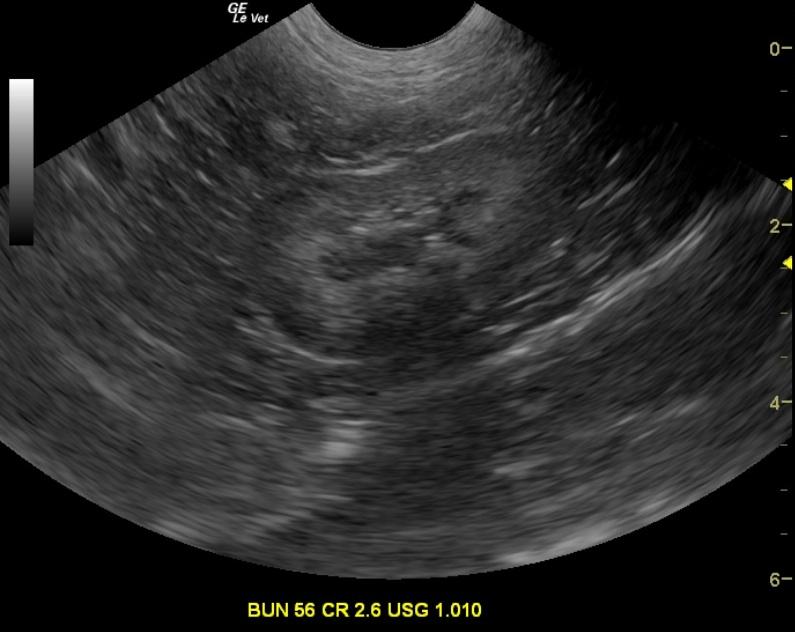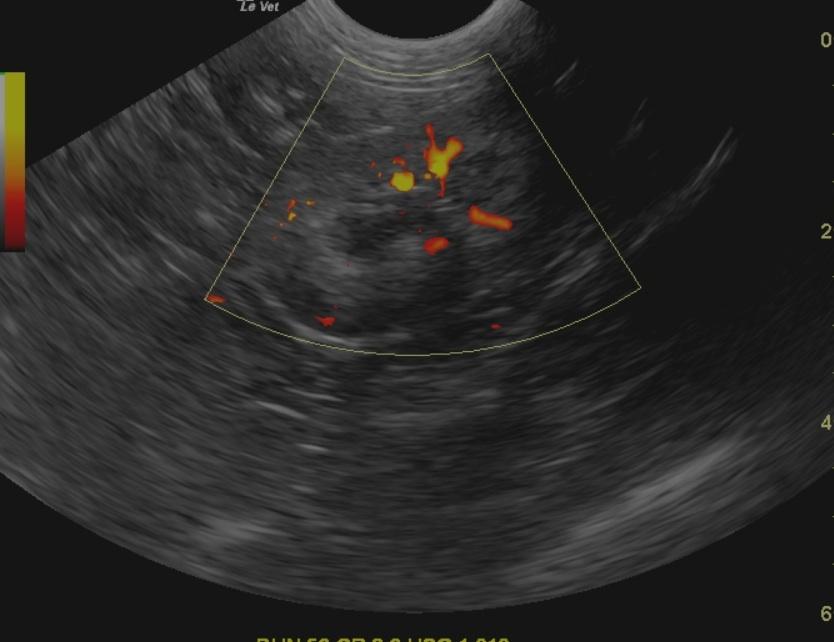A 4-year-old MN Lhasa Apso with history of allergies being managed with hydroxyzine, Benadryl, and dexamethasone, was presented for a routine visit. The only abnormality on physical examination was an oral mass adjacent to the lower incisors. Pre-anesthetic bloods showed mild azotemia. The patient’s procedure was postponed until azotemia improved.
A 4-year-old MN Lhasa Apso with history of allergies being managed with hydroxyzine, Benadryl, and dexamethasone, was presented for a routine visit. The only abnormality on physical examination was an oral mass adjacent to the lower incisors. Pre-anesthetic bloods showed mild azotemia. The patient’s procedure was postponed until azotemia improved.

